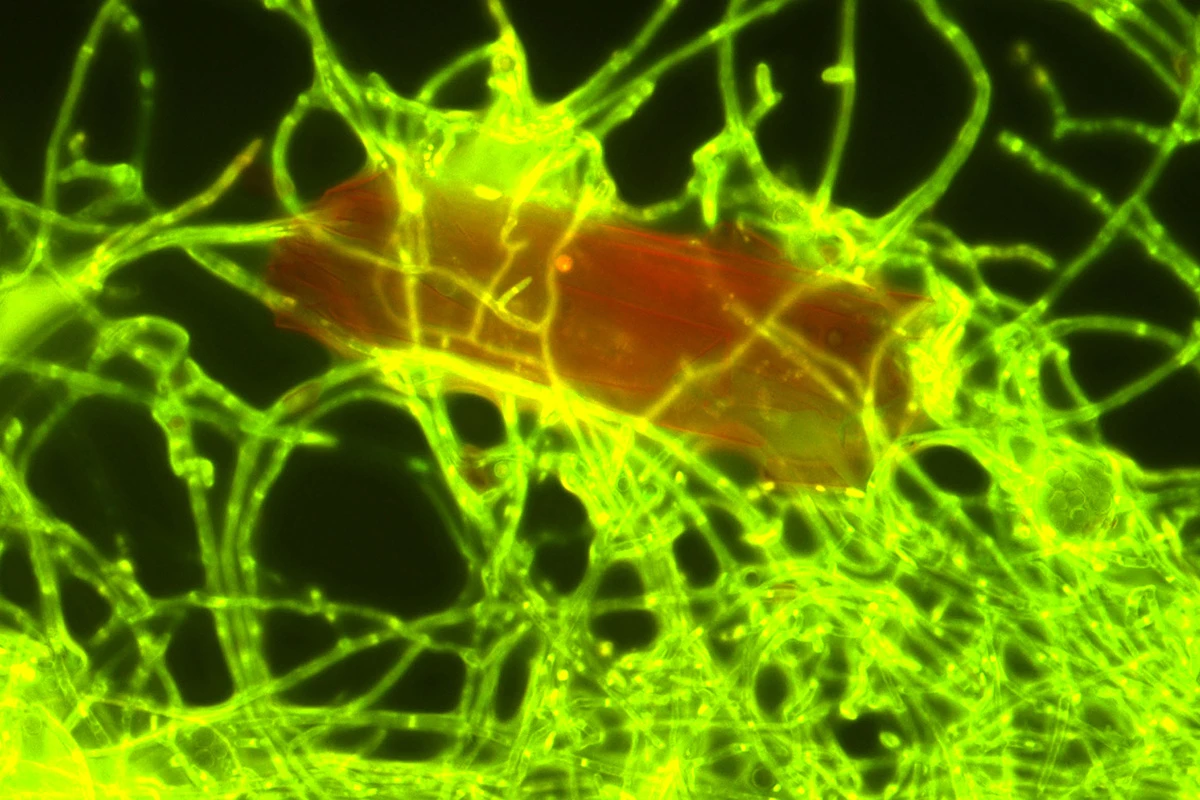That we have a huge plastic waste problem is clear, but there are numerous efforts to stem the tide while also cleaning up the mess. Nature is also joining the battle, and scientists have now identified a marine fungus at the plastic-devouring front line.
The fungus, named Parengyodontium album, was found living with other marine organisms on samples of plastic trash drawn from the North Pacific Garbage Patch in December 2019 during the Ocean Cleanup's North Pacific Mission 3.
It was subsequently identified and isolated by marine biologists from the Royal Netherlands Institute for Sea Research, in cooperation with Utrecht University and institutes in Paris, Copenhagen and Switzerland. The fungus was then grown in the lab and found to break down polyethylene, one of the most commonly used plastics and found in such things as packaging film, grocery bags, bottles, toys and housewares.
Though previous research has revealed bacteria and enzymes capable of chomping through plastic waste, plastic-eating marine fungi are something of a rarity, with P.album now becoming the fourth member of this elite club. But what makes this latest discovery so compelling is that the scientists have managed to quantify the rate of degradation.

Laboratory experiments suggest that polyethylene (PE) marine waste exposed to ultraviolet light would be broken down and used as an energy source by the fungus at a rate of 0.044% per day.
"In the lab, P. album only breaks down PE that has been exposed to UV-light at least for a short period of time. That means that in the ocean, the fungus can only degrade plastic that has been floating near the surface initially," said study lead author, Annika Vaksmaa. "It was already known that UV-light breaks down plastic by itself mechanically, but our results show that it also facilitates the biological plastic breakdown by marine fungi."
A potential negative here is that the fungus doesn't seem to devour much of the carbon in the polyethylene during the process, instead converting most of it as carbon dioxide and excreting the greenhouse gas. But the small amount produced – reported to be "the same as the low amount humans release while breathing" – is not viewed by the researchers as causing a whole new environmental problem.
Vaksmaa suggests that there are likely other – as yet unidentified – fungi that are breaking down plastics on the surface and below as well.
"Marine fungi can break down complex materials made of carbon," she said. "There are numerous amounts of marine fungi, so it is likely that in addition to the four species identified so far, other species also contribute to plastic degradation."
A paper detailing the research has been published in the journal Science of The Total Environment.
Meanwhile, the Ocean Cleanup reported in April that it has so far removed 10 million kilograms (22 million lb) of marine trash from the Great Pacific Garbage Patch and from key polluting rivers around the world since making its first haul in 2019.




